A Nostalgic Journey Through 12 of the Most Historical Muscle Cars in History
Once upon a time, in the heart of America, a new breed of the automobile roared to life. A symbol of power, freedom, and speed, the muscle car became a classic embodiment of the American spirit.
Today, we'll take a trip down memory lane, exploring 12 of the most historical muscle cars in history. From the Pontiac GTO to the AMC AMX/3, each of these muscle cars holds a unique place in automotive history, and their stories are a testament to American ingenuity and the love of the open road.
They remain timeless icons, their legacy preserved in the hearts of those who remember the rumble of a V8 echoing down a long stretch of highway.
Related Reading: The 15 Most Sought-After Classic Cars Of All Time
1. 1964 Pontiac GTO – The Original Game-Changer
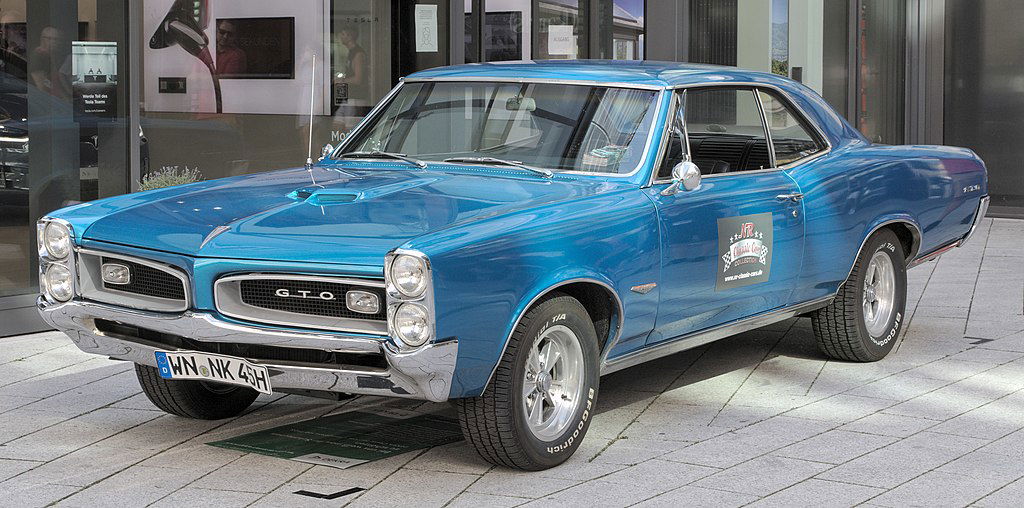
It’s only fair that our journey begins with the car that started it all, the 1964 Pontiac GTO. With a 389 cubic inch V8 engine, the GTO was a rule-breaker that redefined what American cars could be. Driving a GTO was not just about getting from point A to B; it was an adrenaline-fueled experience that resonated with a generation hungry for change.
The GTO, often credited as the first true muscle car, came standard with a 325-horsepower, 389-cubic-inch V8 engine. An optional "Tri-Power" version, featuring three two-barrel carburetors, pumped out 348 horsepower. With a 0-60 mph time of just over six seconds, the GTO was a formidable performer in its day.
2. 1965 Shelby GT350 – Ford's Mustang Masterpiece
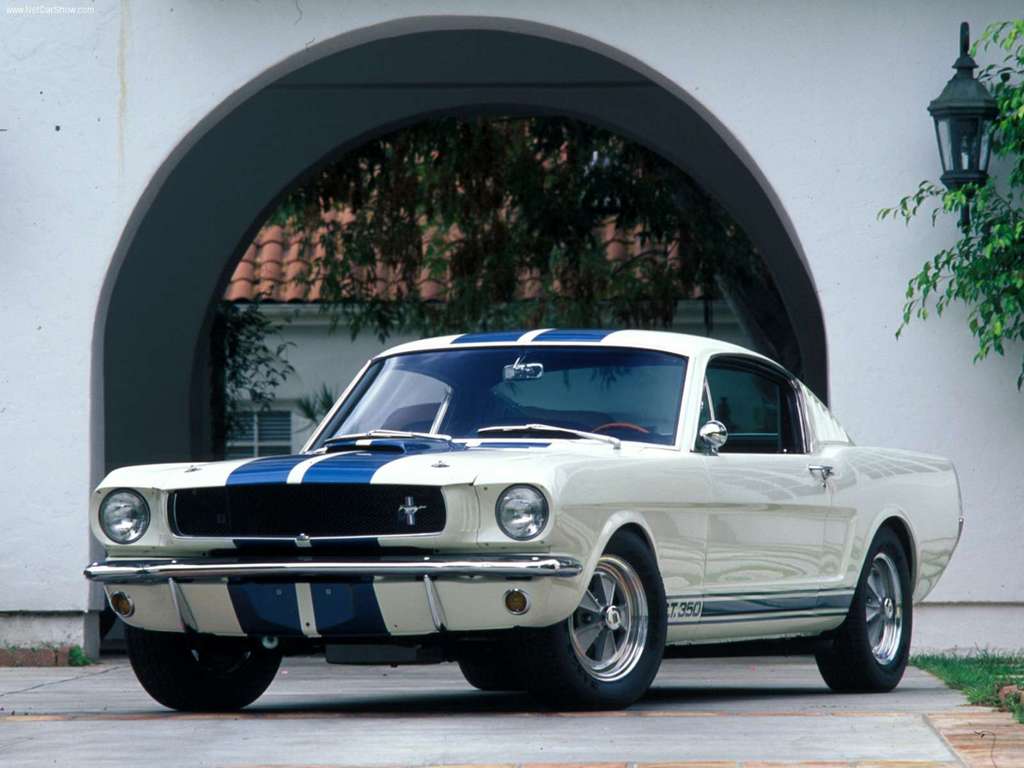
The Shelby GT350 was a high-performance variant of the Ford Mustang. Envisioned by Carroll Shelby, the GT350 was a sleek, race-ready machine that proved muscle cars could combine style and substance.
It boasted a 306-horsepower, 289-cubic-inch V8 engine and a race-bred pedigree, courtesy of Carroll Shelby. The updated powertrain and improved handling gave it a 0-60 mph time of about 7 seconds. Its distinctive white paint with blue racing stripes became an iconic symbol of American performance.
3. 1968 Dodge Charger R/T – The Screen Star
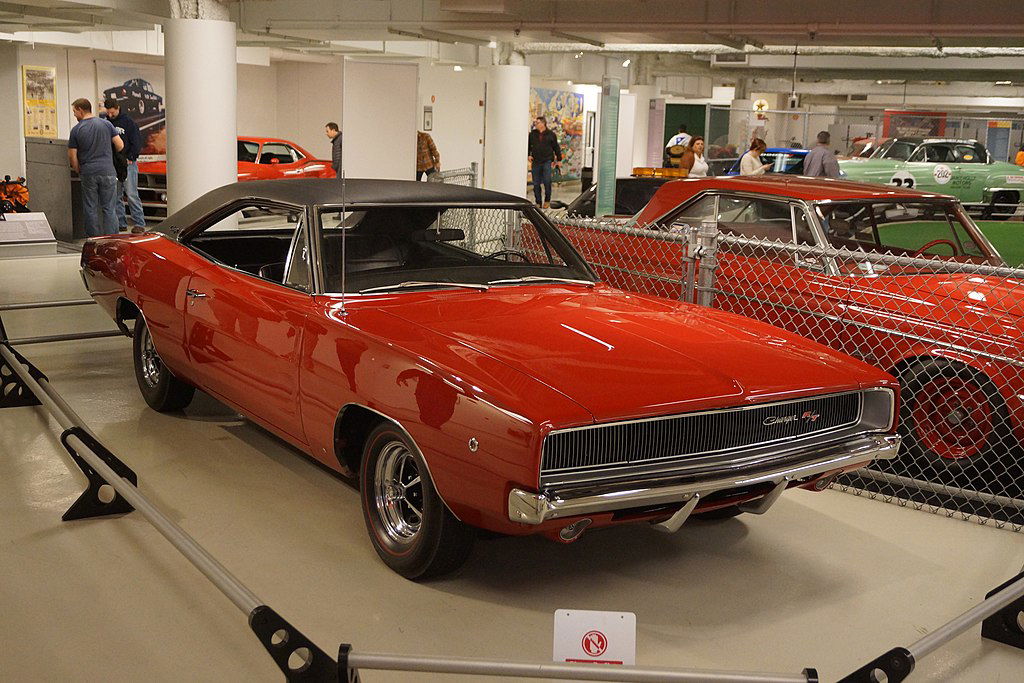
No list of iconic muscle cars is complete without the 1968 Dodge Charger R/T. Its starring role in the film "Bullitt" cemented its status as a cultural icon. With its aggressive styling and powerful 440 Magnum V8, the Charger R/T was as dramatic as it was dynamic.
For context, the Charger R/T got motivation from a 375-horsepower 440-cubic-inch Magnum V8. Furthermore, tts unique "coke bottle" styling, along with the R/T (Road/Track) trim, contributed to its popularity.
4. 1969 Chevy Camaro Z28 – The Trans-Am Titan

In 1969, Chevy released the Camaro Z28, with both headlights set on dominating the Trans-Am racing series. Its 302 cubic inch V8 delivered raw, unadulterated power to become a force to be reckoned with on and off the track.
Purpose-designed for the Trans-Am series, the Camaro Z28 got propulsion power from a 290-horsepower, 302-cubic-inch V8. Its solid lifter cam, Holley carburetor, and high-revving capabilities made it a force on the race track and a favorite among performance enthusiasts.
5. 1970 Plymouth Hemi 'Cuda –The Big-Fish in the Muscle Car Pond
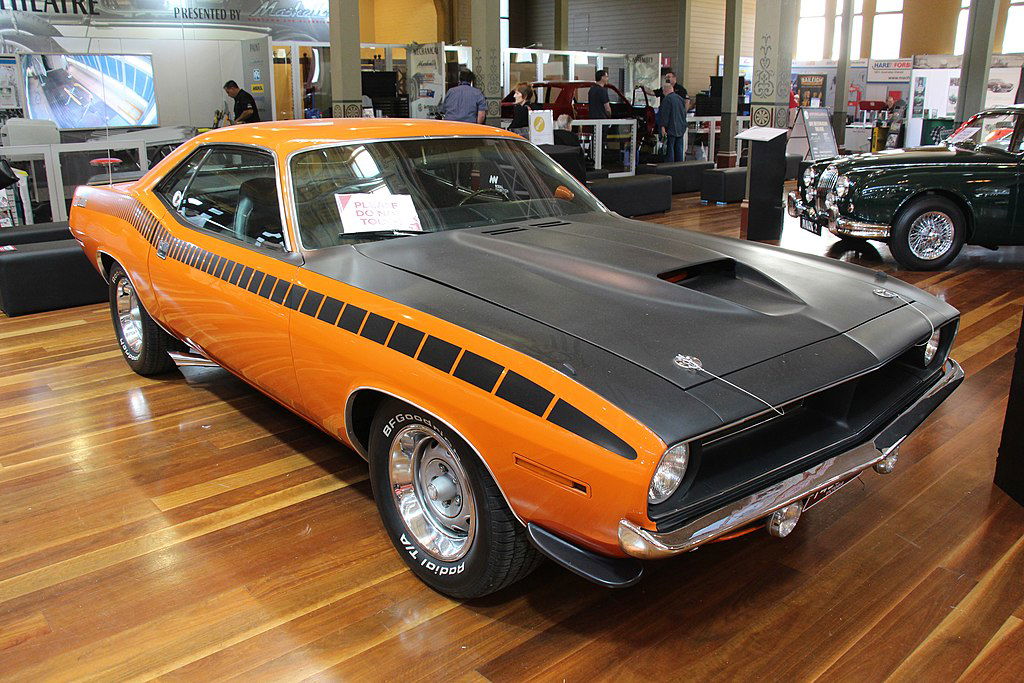
When it comes to muscle cars, few are as revered as the 1970 Plymouth Hemi 'Cuda. Equipped with a monstrous 426 Hemi, the 'Cuda was a heavyweight champion in a league of its own.
This American muscle car featured Chrysler's legendary 426 Hemi V8 engine producing a massive 425 horsepower. It was easy for the 'Cuda, with its aggressive styling and high-performance capabilities, to become a classic symbol of the muscle car era.
6. 1970 Chevy Chevelle SS 454 – The Street King
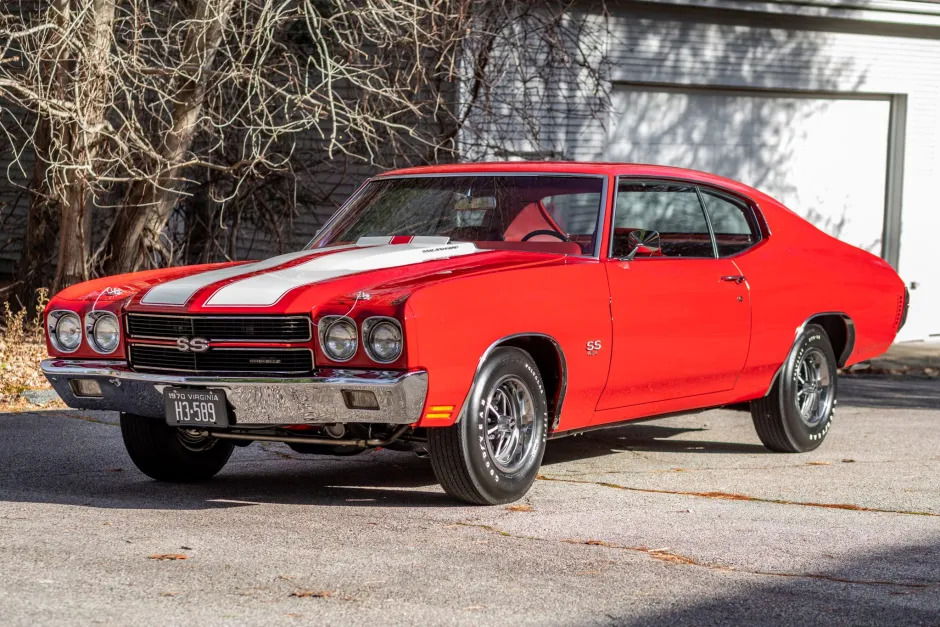
If you were looking for pure, road-ripping power in the early 70s, the 1970 Chevy Chevelle SS 454 was your dream ride. Its 450-hp LS6 V8 engine, the most powerful of its time, earned it a legendary status among muscle car enthusiasts.
Related Reading: The Ten Most Expensive Classic Cars And Their Prices
7. 1970 Ford Mustang Boss 302 – The Track Boss
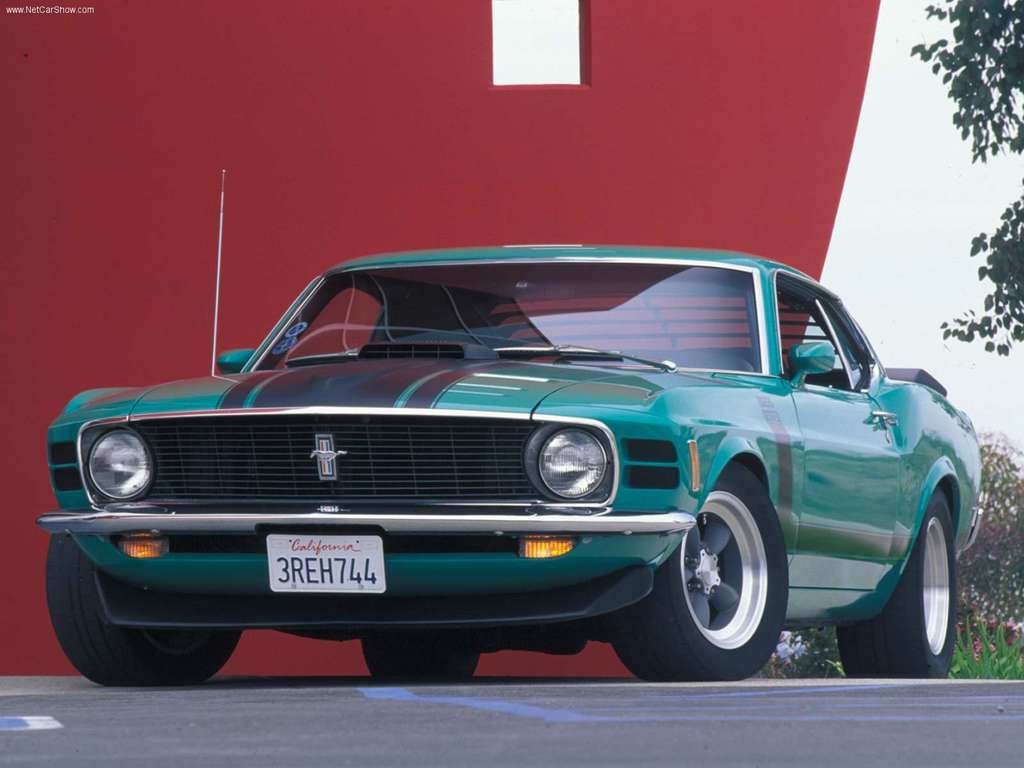
Ford developed the 1970 Ford Mustang Boss 302 to compete with the Chevrolet Camaro in the Trans-Am series. It pursued this goal armed with a perfect blend of power and handling.
The Boss 302’s striking design and high-revving 302 V8 engine made it a favorite among the racing crowd. This Mustang variant rocked a 290-horsepower 302-cubic-inch V8. Its improved handling and high-revving capabilities made it a standout performer.
8. 1969 Pontiac Firebird Trans Am – The Bird of Fire
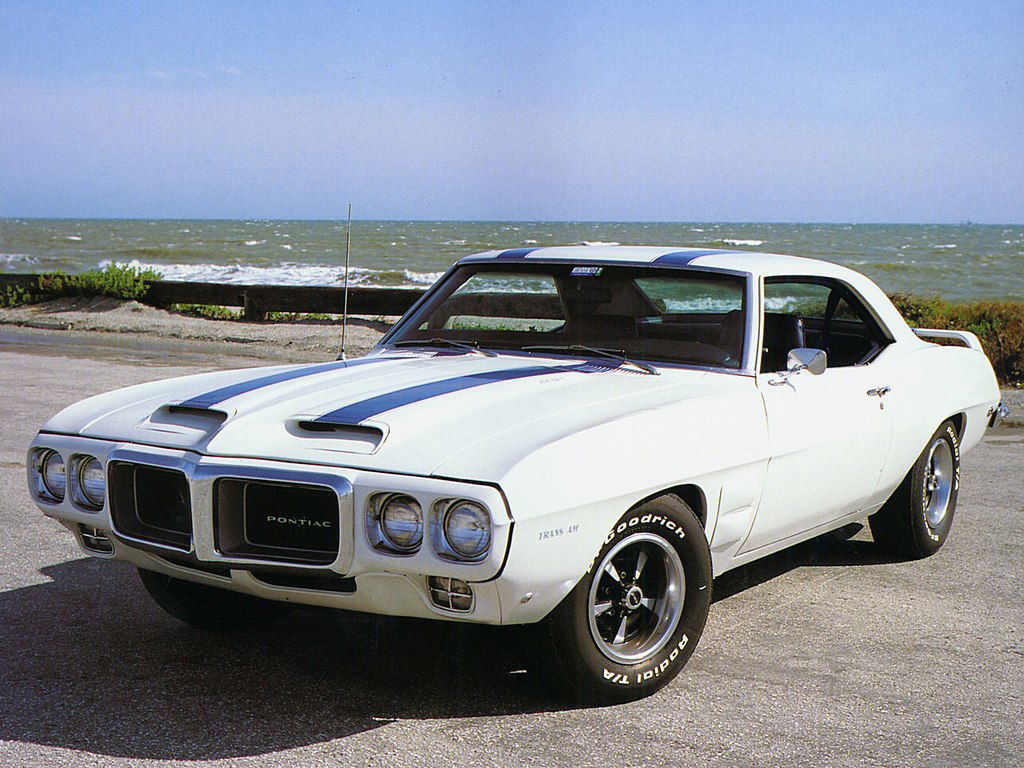
The 1969 Pontiac Firebird Trans Am, with its distinctive white and blue color scheme, was a sight to behold. It featured a potent 335-horsepower 400-cubic-inch V8 that helped stand it out in the late 60s muscle car scene.
The Firebird’s powerplant proved it was more than just a pretty face; it was a performance powerhouse.
9. 1970 Oldsmobile 442 W-30 – The Sleeper Beast
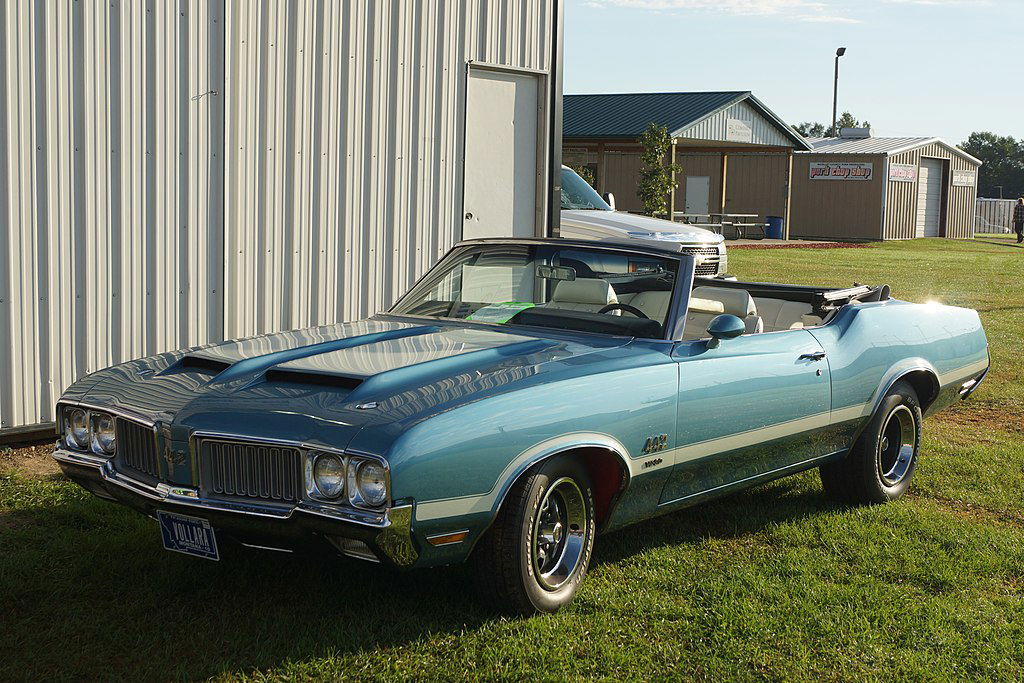
The 1970 Oldsmobile 442 W-30 was a wolf in sheep's clothing. Its unassuming exterior hid a 455 cubic inch V8 engine that could unleash devastating acceleration, making it a favorite for sneaky gearheads.
Since the W-30’s understated looks belied its powerful performance capabilities, it earned a reputation for a "sleeper" muscle car.
10. 1969 Dodge Daytona – The Aerodynamic Wonder
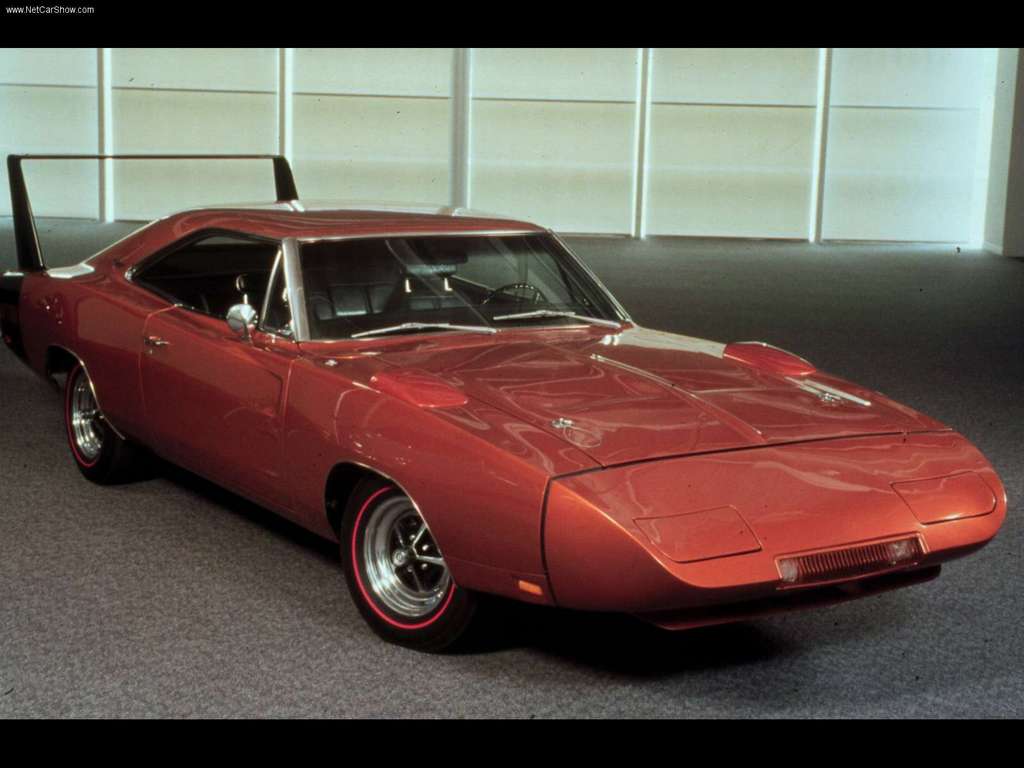
With its distinctive wing and nose cone, the 1969 Dodge Daytona was a purpose-built speed machine. Designed for NASCAR supremacy, it was the first car to break 200 mph in NASCAR’s history, a testament to its aerodynamic design and formidable Hemi power.
The Daytona was an aerodynamic marvel powered by a 425-horsepower 426-cubic-inch Hemi V8 mill. Its large rear wing and pointed nose cone increased stability and reduced drag at high speeds on the NASCAR track.
11. 1967 Mercury Cougar – The Sophisticated Muscle
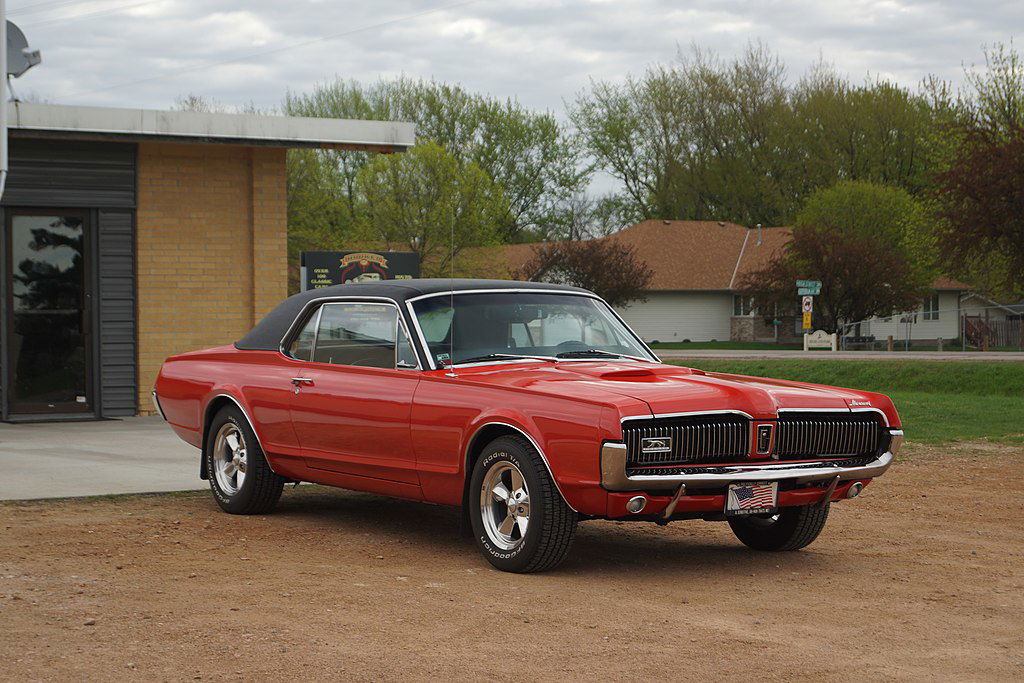
The Mercury Cougar was Ford's upscale answer to the muscle car craze. With its hide-away headlights and plush interior, the Cougar offered performance with a touch of luxury.
Under the hood, the GT-E version packed a 427 cubic inch V8, proving that sophistication and power could coexist. The Cougar was Mercury's more luxurious counterpart to the Ford Mustang.
12. 1970 AMC AMX/3 – The Rare Jewel
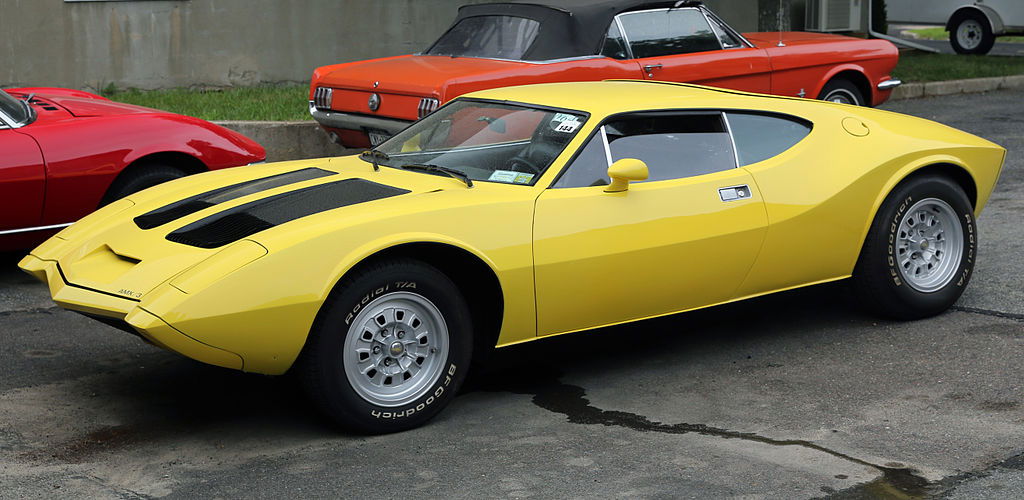
Lastly, but not the least, we visit the AMC AMX/3, a mid-engine exotic in a sea of front-engine behemoths. Only six were made, making it one of the rarest muscle cars in history.
Despite its limited production, its advanced design and Italian styling left a lasting impression on the muscle car scene. The AMX/3 veered from traditional muscle car design by featuring a mid-engine layout and Italian-influenced styling.
However, it toted a 340-horsepower 390-cubic-inch V8 that returned impressive performance figures. It had a reported top speed of 170 mph.